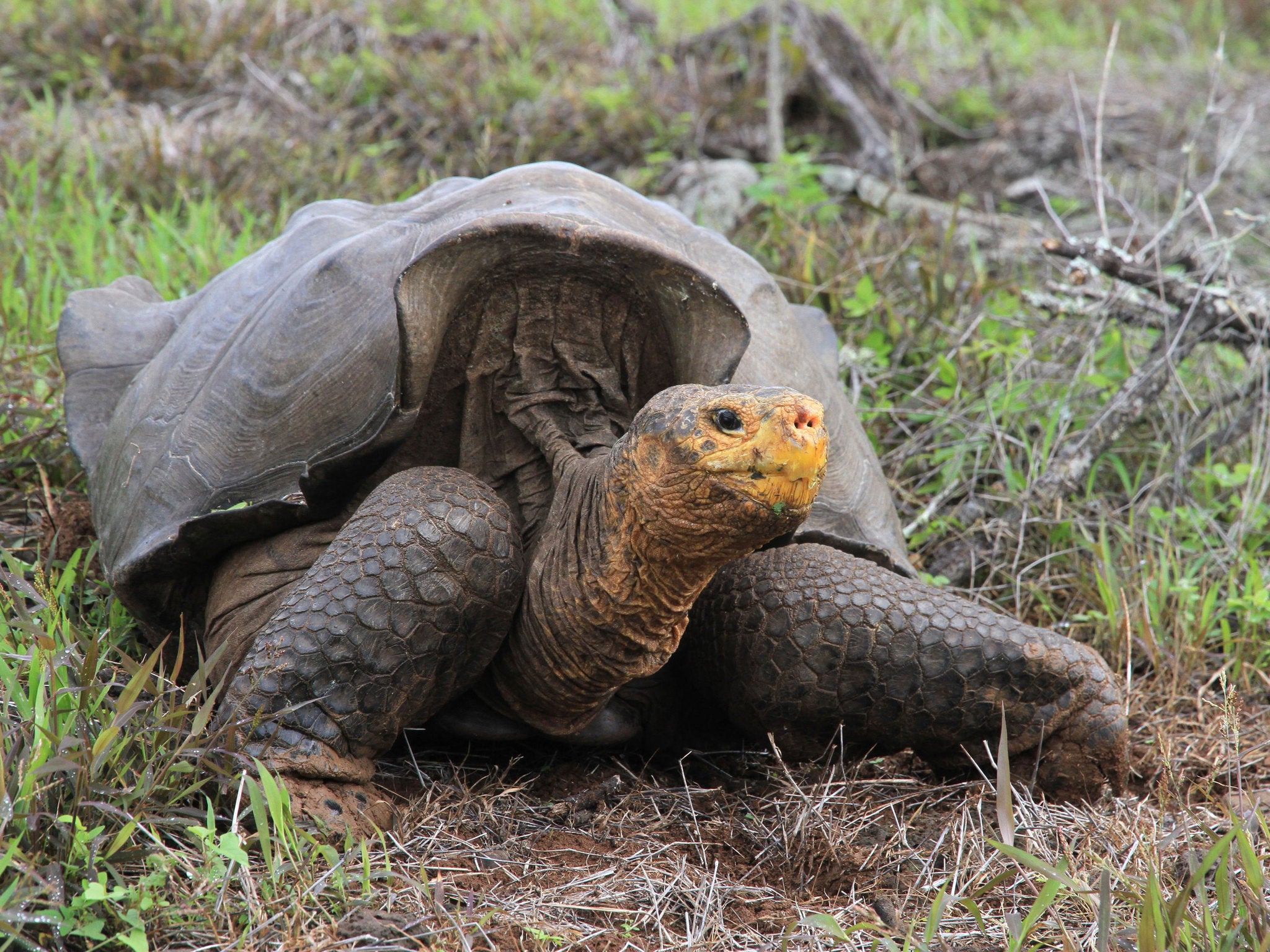Earth could face sixth mass extinction within 100 years
The rate of extinctions could lead to what is defined as a mass extinction in the next few centuries

Your support helps us to tell the story
From reproductive rights to climate change to Big Tech, The Independent is on the ground when the story is developing. Whether it's investigating the financials of Elon Musk's pro-Trump PAC or producing our latest documentary, 'The A Word', which shines a light on the American women fighting for reproductive rights, we know how important it is to parse out the facts from the messaging.
At such a critical moment in US history, we need reporters on the ground. Your donation allows us to keep sending journalists to speak to both sides of the story.
The Independent is trusted by Americans across the entire political spectrum. And unlike many other quality news outlets, we choose not to lock Americans out of our reporting and analysis with paywalls. We believe quality journalism should be available to everyone, paid for by those who can afford it.
Your support makes all the difference.The earth could face a mass extinction by the next century if species continue to disappear at the current rate, according to a report by the scientific journal Nature.
Despite conservation attempts by governments across the world to save endangered species, thousands of animal types continue to face extinction every year.
Nature found that 41 per cent of all amphibian species are threatened with extinction, the highest at risk group. A more modest, but still alarming, 26 per cent of mammal species and 13 per cent of bird species are also threatened.
Habitat loss and degradation, as well as specific human activity such as hunting pose a significant hazard to wildlife sustainability and these pressures are only increasing. Similarly, it is thought that climate change will accelerate the rate of extinctions in the future.
Derek Tittensor, a marine ecologist at a UN conservation monitoring centre in Cambridge, said in the report: “In general the state of biodiversity is worsening, in many cases significantly.”
Current estimates assume that the rate of extinction is anything from 0.01 per cent to 0.7 per cent of all existing species each year. If this were to continue it would constitute a mass extinction, defined as a loss of 75 per cent of species, in the next few hundred years.
It is not a new trend. Over the past 3.5 billion years more than 95 per cent of all species that have populated the earth have died off.
The most recent Red List of Threatened Species, compiled by the International Union for Conservation of Nature, counts around 46,000 critically endangered species, but it is thought that more species could be at risk.
A major problem in trying to assess the risk to species is the lack of knowledge about how many types of animals there are on the planet.
Estimates of the number of species of animals, plants and fungi on earth vary from 2 million to more than 50 million. And very little is known about certain groups such as insects and fish.
A large proportion of the unknown species are often to be found in habitats that are in the process of being destroyed by human encroachment and may never be assessed by scientists.
Throughout history there have only been five mass extinctions, all caused by geological or astronomical events. But if trends continue as they do, the earth could be heading for another one in as little as 100 years and this time it will be in part the fault of humans, not a natural catastrophe.
Join our commenting forum
Join thought-provoking conversations, follow other Independent readers and see their replies
Comments